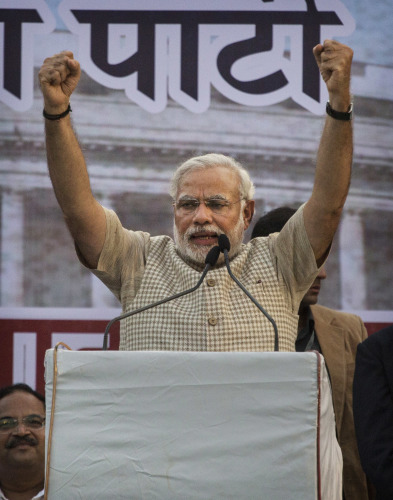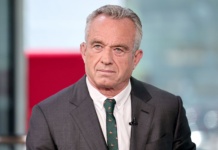
Following a landslide election victory, Bharatiya Janata Party leader Narendra Modi will be sworn in as India’s next prime minister on May 26. He was called on Tuesday (May 20) to form the next government.
63-year-old Modi bowed and kissed the steps of parliament as he entered. He fought back tears as he thanked his party and told lawmakers that the common man has renewed faith and self-confidence in democracy. The PM-in-waiting has risen from a humble background to the highest office in India. He will be sworn into office next Monday, along with members of his Cabinet.
Pledging to work to uplift the welfare of poor people, youth and women in the country, Midi urged party members to dedicate themselves to the nation, he calling the coming era one of responsibility.
Despite having never before held a parliamentary majority, the BJP has a strong mandate, unlike coalition governments that have ruled India for the last 25 years. But there are concerns the next government will face no significant opposition in the lower house of parliament after the Congress party’s devastating defeat. Even the most pessimistic projections could not forecast the ruling party over the last 10 years would garner fewer than the 10 per cent of seats needed to qualify as the principal opposition party at only 44 seats.
Despite the devastating loss, Congress leaders on Monday turned down resignation offers from the party’s top leaders Sonia Gandhi and her son Rahul. They called the loss a “collective responsibility” and asked Sonia Gandhi to revamp the party.









